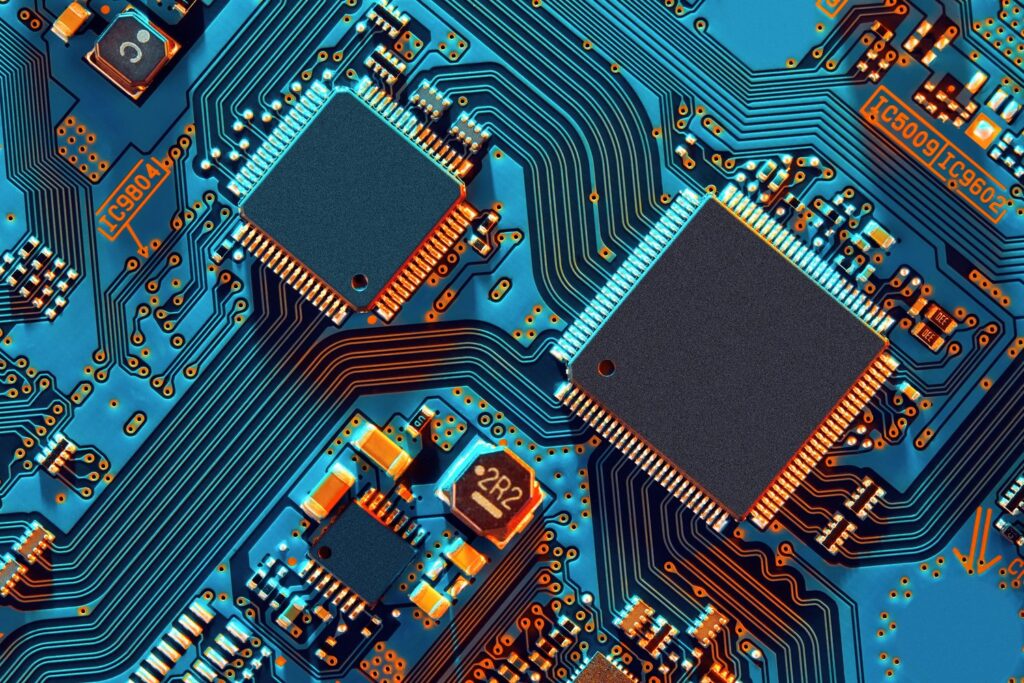The increasing demand for more efficient and flexible electronic devices has driven scientists to explore innovative materials and methods.
One promising development in this field is the creation of ultra-thin bismuth crystals, which could revolutionise the manufacturing of inexpensive, flexible electronics. This new approach, described in a study published in Nature Materials by scientists from the University of California, Irvine, showcases a breakthrough that might bring us closer to making such advanced electronics a reality.
“Bismuth has fascinated scientists for over a hundred years due to its low melting point and unique electronic properties,” said Javier Sanchez-Yamagishi, assistant professor of physics & astronomy at UC Irvine and a co-author of the study. “We developed a new method to make very thin crystals of materials such as bismuth, and in the process reveal hidden electronic behaviours of the metal’s surfaces.”
The method the team has developed allows them to produce bismuth sheets only a few nanometers thick. These ultra-thin sheets open up new possibilities in electronic behaviour, with theorists predicting that bismuth could exhibit special electronic states that allow it to become magnetic when electricity flows through it. This characteristic is crucial for developing quantum electronic devices based on the magnetic spin of electrons.
One of the significant discoveries made by the team is the observation of quantum oscillations originating from the surfaces of these bismuth crystals. “Quantum oscillations arise from the motion of an electron in a magnetic field,” explained Laisi Chen, a PhD candidate in physics & astronomy at UC Irvine and one of the lead authors of the paper.
“If the electron can complete a full orbit around a magnetic field, it can exhibit effects that are important for the performance of electronics. Quantum oscillations were first discovered in bismuth in the 1930s, but have never been seen in nanometer-thin bismuth crystals.” This finding highlights the novel electronic properties that these thin bismuth sheets can exhibit, potentially leading to new applications in quantum computing and other advanced technologies.
Amy Wu, a PhD candidate in Sanchez-Yamagishi’s lab, likened the team’s new method to a tortilla press. To create the ultra-thin sheets of bismuth, Wu explained that they had to squish the bismuth between two hot plates. To achieve the necessary flatness, they used moulding plates that were perfectly smooth at the atomic level, ensuring there were no microscopic imperfections on the surface. “We then made a kind of quesadilla or panini where the bismuth is the cheesy filling and the tortillas are the atomically flat surfaces,” said Wu. This innovative technique enabled the team to produce exceptionally flat and thin bismuth crystals, which are essential for studying their unique electronic properties.
“There was this nervous moment where we had spent over a year making these beautiful thin crystals, but we had no idea whether its electrical properties would be something extraordinary,” said Sanchez-Yamagishi. “But when we cooled down the device in our lab, we were amazed to observe quantum oscillations, which have not been previously seen in thin bismuth films.” The successful observation of these oscillations in such thin films was a pivotal moment for the researchers, validating their extensive efforts and opening up new avenues for further exploration.
“Compression is a very common manufacturing technique used for making common household materials such as aluminium foil, but is not commonly used for making electronic materials like those in your computers,” Sanchez-Yamagishi added. “We believe our method will generalise to other materials, such as tin, selenium, tellurium and related alloys with low melting points, and it could be interesting to explore for future flexible electronic circuits.” This suggests that the team’s method could have broad applications, potentially transforming how various electronic materials are produced and utilised.
Next, the team aims to explore additional methods of compression and injection moulding to advance the development of next-generation computer chips for phones or tablets. “Our new team members bring exciting ideas to this project, and we’re working on new techniques to gain further control over the shape and thickness of the grown bismuth crystals,” said Chen. “This will simplify how we fabricate devices, and take it one step closer for mass production.” This ongoing research signifies a critical step towards the mass production of flexible and efficient electronic devices.
The innovative creation of ultra-thin bismuth crystals marks a pivotal advancement in material science, offering promising potential for the future of flexible electronics. This groundbreaking work underscores the importance of exploring new methods and materials to meet the growing demand for advanced electronic devices. The success of this research opens up exciting possibilities for further developments and applications, paving the way for more efficient and versatile technology in our everyday lives.
Author:
Arnold Kristoff
Content Producer and Writer
Nano Magazine


